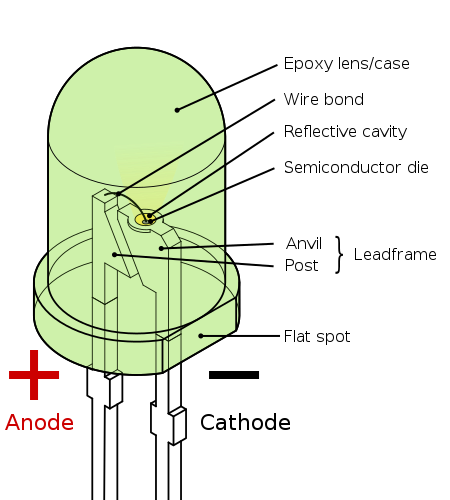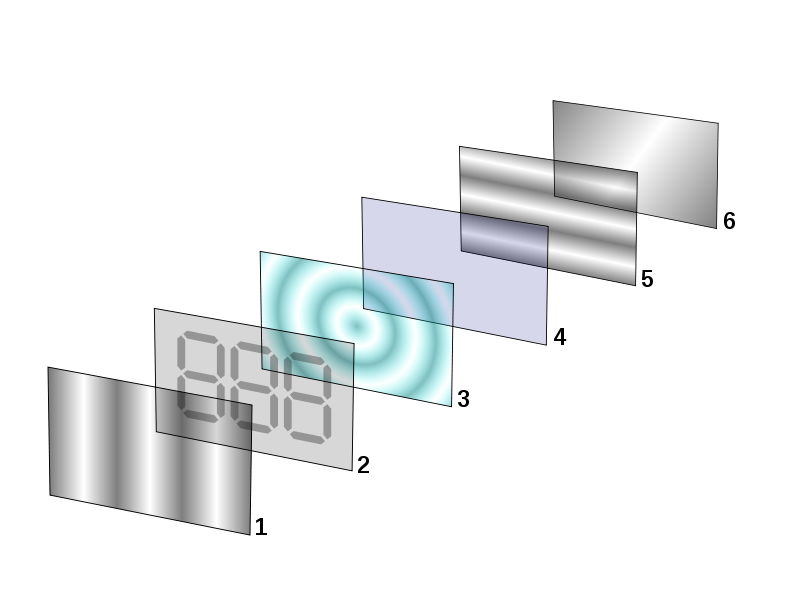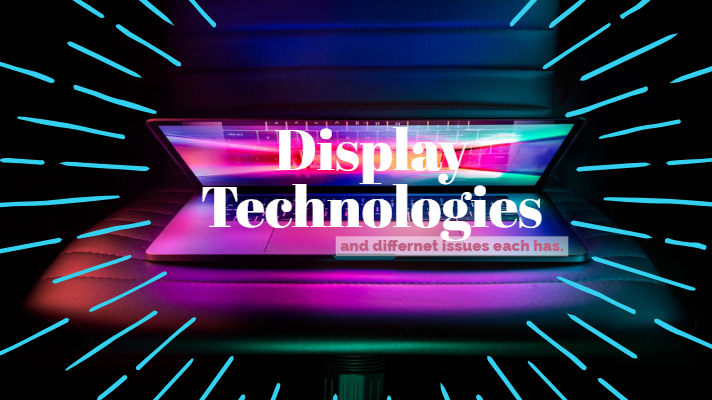-
- Jul 20
-
Macalegin Electronics

- 0
Display technology and Different Issues Each Has
With so many mediums for consuming visual content display technology changes quickly.
Seriously it can be overwhelming, tech is changing so quickly and the trends fluctuate sometimes seemingly unpredictably. The tech behind our phones, televisions, computers and any other devices providing a source of glowing display goodness. We have QLED, OLED normal LED, AMOLED, super AMOLED, super AMOLED plus and so many more terms tossed at us when just looking around.
Let’s break it down a bit.
The end goal is usually the same with some constraints of size, battery life and cost but hardware developers and manufacturers want to have good looking displays whether it is in the palm of your hand or a massive home cinema screen. We were curious about what some terms meant and what technologies were better than others so thus began the dive into the web. First lets start out learning what some of this stuff means anyway?
LED or Light Emitting Diode

The term LED is in just about everything because that is the basic technology integrated into so many electronics now from nightlights to phones or even the display on a high tech toaster. Seriously you can buy toasters with LED displays now too. What are these LED things? they are a “two-lead semiconductor light source” –Wikipedia Ok that didn’t really make it clear for us either. Basically, you have a flow of energy that is in a configuration where electrons can recombine with electron holes within the device which releases energy in the form of photons. These photons are the light that is shot out from the device. You can learn a bit more about the diode specific portion of this on the wiki p-n junction post here.
So without having to keep digging to learn more and grasp it more than you need, LED technology is the foundation for most of the variations presented.
OLED

These are “Organic Light-Emitting Diodes” which “is a light-emitting diode (LED) in which the emissive electroluminescent layer is a film of organic compound that emits light in response to an electric current” –source There are numerous variations to LED and LCD display technology creating a wide range of quality, cost and size options as well. We won’t dive too much into each variation at this time.
LCD

LCD or liquid crystal display is a “flat-panel display or another electronically modulated optical device that uses the light-modulating properties of liquid crystals. ” –wiki It is also an extremely common term seen regarding displays just like LED as it is a portion of larger terms like TFT-LCD’s.
Handy Links to Compare Them
Alright so here are some handy comparisons from different sources. Dig through ones relevant to you and let us know if you agree/disagree as we will be updating this post with our verdicts on the pros and cons of each.
QLED vs. OLED vs LED TV – which one is better
Best phone screen: display tech explained

